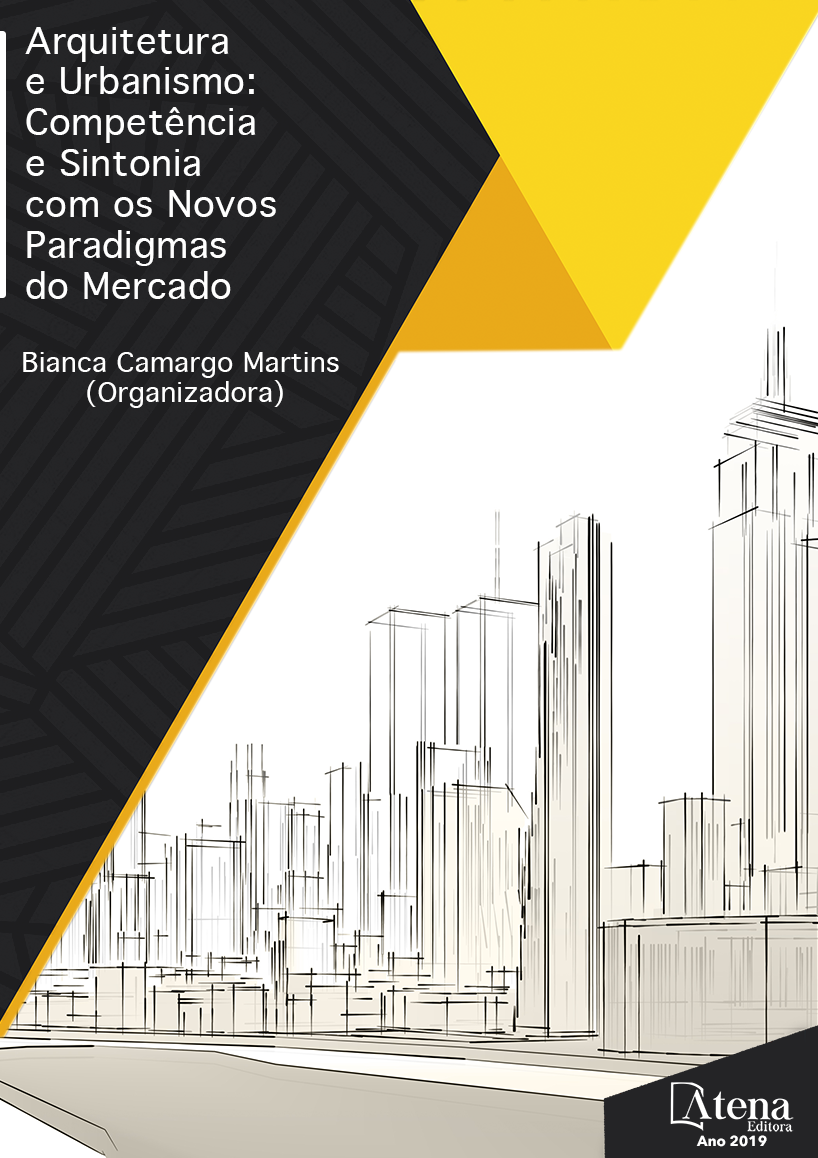
PAISAGEM CULTURAL NA CONSTRUÇÃO DO CONCEITO
A Paisagem Cultural é caracterizada
na ocorrência, em uma fração territorial,
do convívio singular entre a natureza, os
espaços construídos e ocupados, os modos
de produção e as atividades culturais e sociais,
numa relação complementar entre si, capaz de
estabelecer uma identidade que não possa ser
conferida por qualquer um deles isoladamente.
Esta pesquisa tem como objetivo apreender o
processo inserção do termo Paisagem Cultural
como nova categoria para a preservação de
patrimônios. Para tanto, recorreu-se à revisão
de literatura, a de estudo bibliográfico de
autores que discutem o do assunto. Durante a
ECO-92, alguns pesquisadores e estudiosos
se reuniram na França, no mesmo ano, para
formar a Paisagem Cultural com o objetivo
de valorizar a relação Homem e Natureza e
estabelecer critérios para que um bem seja
considerado Paisagem Cultural e que esse
termo seja inserido na Lista de Patrimônio
Mundial. Identifica-se que Paisagem Cultural
é um termo bastante discutido na geografia,
o qual passou a ser utilizado para apreciar
as paisagens naturais e, ao mesmo tempo,
ter aproveitamento do espaço para práticas
culturais e viabilizar economicamente, uma vez
que esses mesmos espaços viram símbolos
locais, tornando-se a identidade, a alma e
a representatividade comunitária. Faz-se
necessário, a criação de canais de interlocução
com diversos sujeitos, já que esses patrimônios
precisam de gestão e legitimidade perante a
sociedade, podendo assim evitar problemas que
ocorrem com patrimônios de outras categorias
que foram inscritos na lista da Unesco.
PAISAGEM CULTURAL NA CONSTRUÇÃO DO CONCEITO
-
DOI: 10.22533/at.ed.8561918076
-
Palavras-chave: Paisagem Cultural, Patrimônio, Natureza.
-
Keywords: Cultural Landscape, Heritage, Nature.
-
Abstract:
The Cultural Landscape is characterized in the occurrence, in a territorial
fraction, of the singular conviviality between the nature, the constructed and occupied
spaces, the modes of production and the cultural and social activities, in a complementary
relation between itself, able to establish an identity that does not can be conferred by
any one of them alone. This research aims to apprehend the process insertion of the
term Cultural Landscape as a new category for the preservation of patrimony. For that,
we resorted to literature review, that of a bibliographic study of authors who discuss
the subject. During ECO-92 some researchers and scholars met in France in the same
year to form the Cultural Landscape in order to value the relationship between Man
and Nature and to establish criteria for a good to be considered a Cultural Landscape
and that this term be on the World Heritage List. It is identified that Cultural Landscape
is a term very discussed in the geography, which began to be used to appreciate the
natural landscapes and, at the same time, to take advantage of the space for cultural
practices and economically feasible, since these same spaces saw symbols identity,
soul and community representation. It is necessary to create channels of dialogue with
various subjects, since these assets need management and legitimacy before society
and can thus avoid problems that occur with assets of other categories that have been
inscribed on Unesco’s list.
-
Número de páginas: 15
- Georgia Patricia da Silva Ferko
- Graciete Guerra da Costa
- Elizabete Melo Nogueira
- JEFFERSON EDUARDO DA SILVA MORALES


